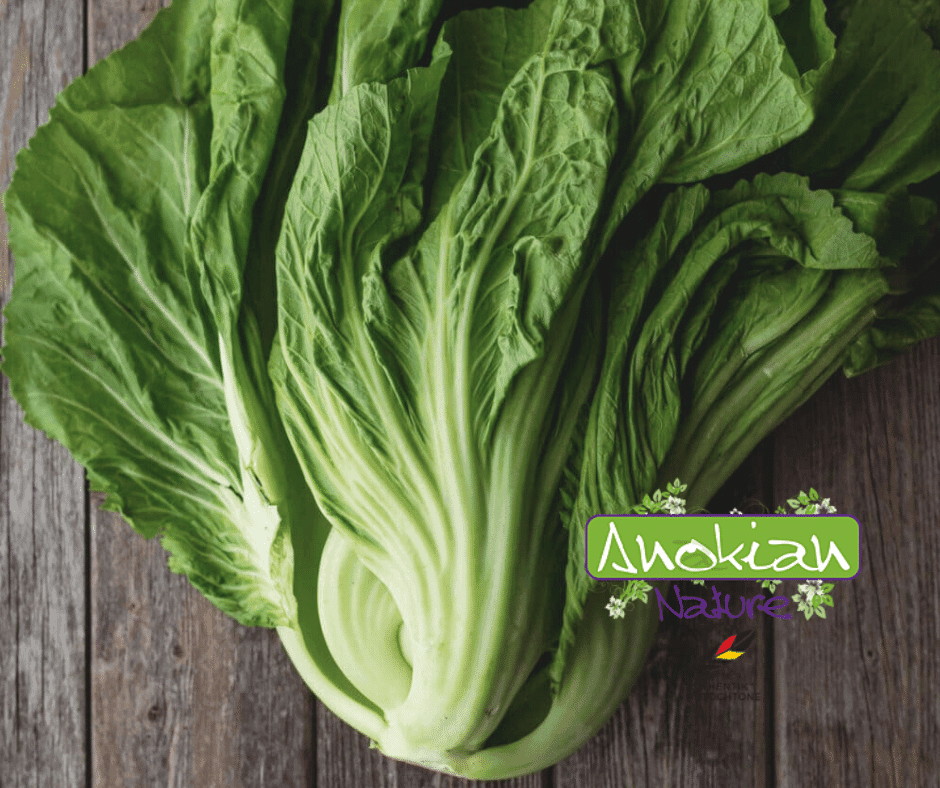Chinese mustard (or Brassica juncea) is a popular vegetable in traditional Asian cuisine, particularly Chinese cuisine, but also in other Asian cuisines such as Korean and Japanese. It can be prepared in a variety of ways, often in stir-fries, soups, or stewed vegetable dishes. Here are some traditional preparation methods:
- 1. Stir-fry
Stir-frying is one of the most popular ways to cook Chinese mustard. It's a quick method that retains the leaves' delicate texture and flavor while making them tender.
Main ingredients:
Chinese large leaf mustard leaves
Chopped garlic (optional)
Soy sauce
Sesame oil or vegetable oil
Grated ginger (optional)
Chili pepper (optional)
Preparation :
Wash the mustard leaves well, remove the thick stems and cut them into medium-sized pieces.
Heat a little oil in a wok or frying pan.
Add the garlic (and ginger if desired) and stir-fry until fragrant.
Add the mustard greens and stir-fry quickly for 2 to 3 minutes, until tender but still crisp.
Season with soy sauce, sesame oil and a little salt or sugar if desired.
Serve immediately, usually with rice.
- 2. Chinese mustard soup
Vegetable soups are common in Chinese cuisine, and Chinese mustard is a great addition to these dishes. It can be cooked in a light soup made with chicken or vegetable broth.
Main ingredients:
Chinese large leaf mustard leaves
Chicken broth or vegetable broth
Garlic, ginger (optional)
Soy sauce
Shrimp paste or fish sauce (optional)
Preparation :
Wash the leaves well and cut them into pieces.
Heat the broth in a large saucepan.
Add fresh garlic and ginger for extra flavor, and simmer for a few minutes.
Add the mustard greens to the soup and cook until tender.
Season with soy sauce, shrimp paste or fish sauce, and a little salt if necessary.
Serve hot, as a side dish or as a main course with rice.
- 3. Stewed dishes
Stewed dishes made with Chinese large leaf mustard are also common, where the mustard is cooked for a long time with meats such as pork, chicken or even beef.
Main ingredients:
Chinese large leaf mustard leaves
Pork, chicken or beef
Ginger, garlic
Soy sauce
Broth (or water)
Chili pepper and spices (according to the recipe)
Preparation :
Brown the meat in a pan with a little oil.
Add the chopped garlic and ginger and sauté until fragrant.
Add the broth (or water) and simmer until the meat is almost cooked.
Stir in the mustard greens and simmer for another 10 to 15 minutes, until the greens are very tender.
Add soy sauce and salt to taste.
Serve with white rice.
- 4. Marinated or pickled
In some regions, mustard greens can be pickled or marinated. This preserves the leaves for longer while adding a unique flavor.
Main ingredients:
Chinese large leaf mustard leaves
Vinegar (rice or white vinegar)
Salt
Sugar
Spices such as ginger or chili (optional)
Preparation :
Wash and chop the mustard leaves.
Boil a solution of vinegar, sugar, and salt to create the marinade.
Dip the mustard leaves into the boiling liquid, then let cool.
Store in an airtight jar and let marinate for a few days before consuming.
- 5. In salad
Although less common, it is possible to eat young Chinese Big Leaf Mustard shoots raw in salads, especially if they are young and tender.
Main ingredients:
Young mustard leaves
Sesame oil or vinegar
Soy sauce
Toasted sesame seeds (optional)
Preparation :
Wash the young mustard leaves thoroughly.
Mix them with a light seasoning made from soy sauce, sesame oil and a little vinegar.
Sprinkle with toasted sesame seeds before serving.
Chinese broadleaf mustard is a very versatile vegetable in Asian cuisine. It can be used in many ways, from quick stir-fries to hearty soups or even stews. Its slightly spicy flavor pairs well with savory sauces, ginger, garlic, and other spices typical of Asian cuisine.









